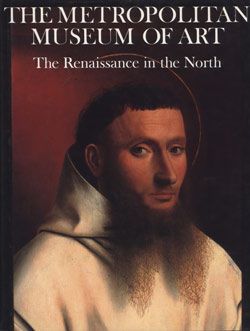Standing Male Nude Holding a Bow ("Poynter Apollo")
Albrecht Dürer German
Not on view
As his artistic career advanced and his exposure to Italian art grew, Albrecht Dürer became increasingly preoccupied with the study and representation of ideal human proportion. The Poynter Apollo, named for one of the several collectors who have owned the work over the centuries, is one of four studies by Dürer of the male nude based on classical prototypes and the canon of Vitruvius, the ancient Roman architect whose treatises were reexamined and greatly appreciated during the Renaissance. The drawing also reflects Dürer's experience of and admiration for antique sculpture–in particular, the Apollo Belvedere, which had been recently discovered and was considered the perfect example of male beauty until the beginning of the nineteenth century. It was known to Dürer through drawings and was a source of inspiration in his search for the perfect anatomy. This study, which shows Apollo holding a bow and a globe, or orb–two of the god's many attributes–was executed in the first years of the sixteenth century, during a period in between Dürer's first and second trips to Italy. It was prepared in two distinct stages, as can be seen from both the color of the inks and the nature of the lines. The light-brown ink contours may have been traced from the figure of the sun god in the artist's painting of Apollo and Diana, now in London's British Museum. The hair and modeling lines may have then been added freehand, providing the artist with an exercise in alternative ways of rendering the same subject. Apollo's pose was closely followed by Dürer in his depiction of Adam in the 1504 engraving Adam and Eve.
Due to rights restrictions, this image cannot be enlarged, viewed at full screen, or downloaded.




